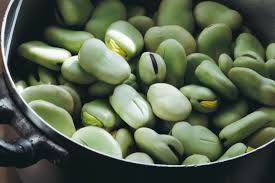Chrysanthemum: [Types, Care, Multiplication and Irrigation]
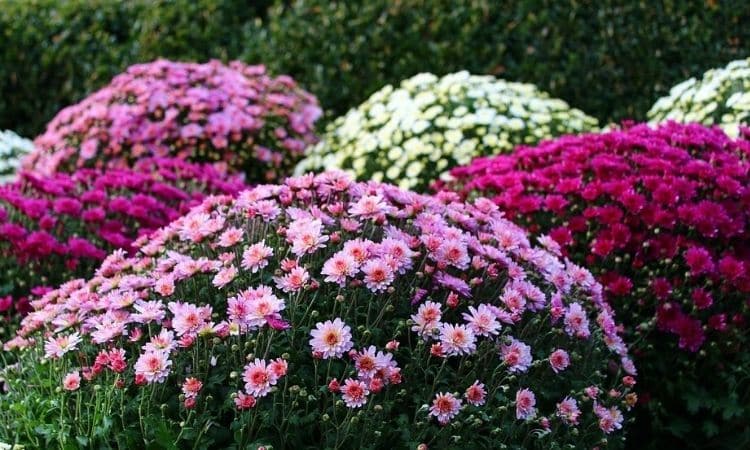
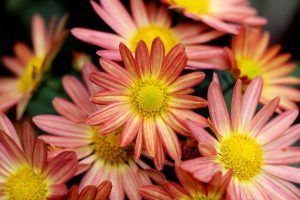 Chrysanthemums are flowering plants that have inhabited the earth for many years. Its beautiful flowers, present in almost all the colors of the rainbow, give us a unique visual spectacle.
Chrysanthemums are flowering plants that have inhabited the earth for many years. Its beautiful flowers, present in almost all the colors of the rainbow, give us a unique visual spectacle.
They emit a light aroma that accompanies the great ornamental value, so they are very worthwhile to plant in the garden.
And how can you take care of them and keep them healthy and blooming vigorously? It is exactly what we are going to review next. Join us.
Important points when planting chrysanthemums:
- When? In spring.
- Where? Outdoorsin an area where it receives indirect sunlight most of the day.
- How do we prepare the land? with organic matter because it needs awell-nourished substrate.
- How should we water? by drip.
- How often do you have to water? 3 times a week in summer and 1 time a week in winter.
- What care do you need? Fertilizations with special products for flowering plants, cleaning the surroundings of weeds, pruning at the end of the flowering periods.
- What pests and diseases does it have? it can suffer from pests such as the chrysanthemum fly and nematodes. As for diseases, these include botrytis, root and stem rot, rust.
What types of chrysanthemums are there?
Chrysanthemums are a family that has about 30 different species. In structure there are two main types, the simple ones are those that resemble daisy flowers by having a center surrounded by petals.
The number of petals is not standard. In some cases it can be a row, while in others two rows. Another type of chrysanthemums are anemones.
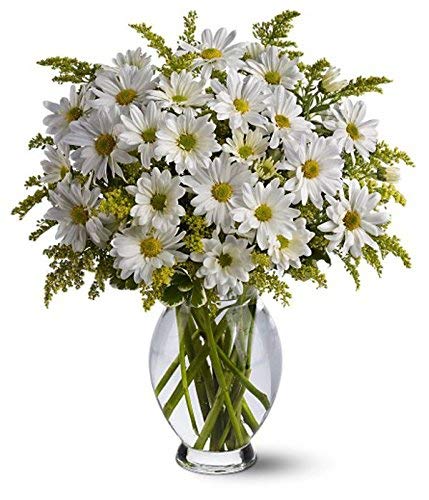
These have a structure similar to the previous one with the addition that the flowers have a tubular shape. Because they are much more striking to the eye, chrysanthemum anemone flowers are the most widely used in the commercial world.
How to care for chrysanthemums?
The idea of having chrysanthemums is to ensure that they offer a spectacular flowering in their season and, for this, it will be enough to adjust to the following care:
- Exposure to light: ideally, they should remain in a space where they receive indirect sunlight for a good part of the day. It is a species that carries out its flowering processes at night, so direct sunlight can be harmful.
- Fertilizations: fertilizations are an essential part of care because they need them with some frequency. The ideal is to use a product made for flowering plants that provides the exact nutrients so that it maintains both a good flowering and an appropriate state of health.
- Cleaning: keeping the environment of the chrysanthemum clean is a very important issue. The formation of weeds can give rise to microorganisms that will attack the plant.
- Pruning: every year, after flowering, the chrysanthemums must be pruned to eliminate the flowers that have been withered and any other part that is in poor condition. This action will promote your health and improve vigor.
How do chrysanthemums multiply?
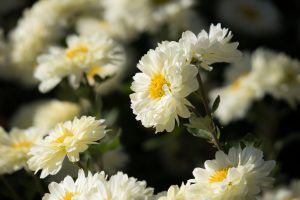 Chrysanthemums can be multiplied from cuttings that you obtain from an already established plant that is at least 3 years old.
Chrysanthemums can be multiplied from cuttings that you obtain from an already established plant that is at least 3 years old.
To carry out this process, make sure you select a plant that is healthy and whose flowering has been pleasant for you because your new plant will have the same characteristics as this one.
Another useful process is the division of the roots, which you can plant in a soil similar to the one you already use with your chrysanthemums and obtain new specimens.
How to care for chrysanthemums in winter?
Chrysanthemums can spend the winter without complications, even in the presence of frost, if their roots are protected.The easiest way to achieve this goal is to put mulch on the base and apply fertilizers that help make it stronger.

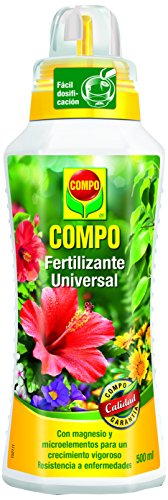
In any case, if the plant has been affected by a frost and lost its vigor, you can prune it when the bad weather passes. The idea is to cut from the very base of the main stem, allowing a new structure to develop from it.
Of course, make sure you prepare the environment so that next winter will welcome you with more peace of mind.
How many petals does a chrysanthemum have?
One of the flowers that presents the greatest difficulty for counting the petals is that of chrysanthemums because they have so many. This characteristic has allowed it to be known in many places as “the flower with a thousand petals”.
How much should you water chrysanthemums?
Chrysanthemums need well-measured irrigation because they do not do well with drought or waterlogging of the substrate.The ideal is to use a localized irrigation system, such as drip, which allows water to be supplied progressively and in the right measure.
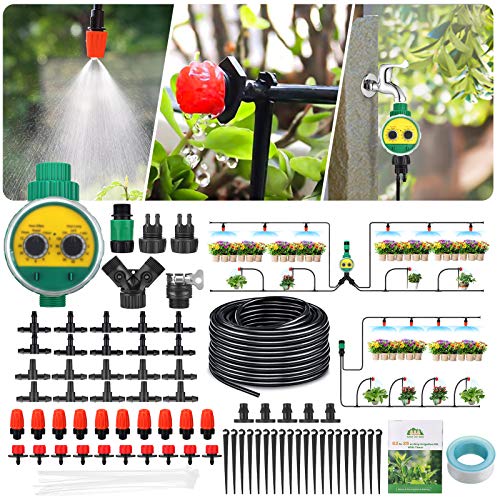
As for the frequency, with two or three waterings a week it will be more than enough for the summer days. Reduce to one weekly in winter. Take into account that it is important that the irrigation does not wet the foliage because it could promote the development of microorganisms in the presence of high humidity.
When do chrysanthemums bloom?
Chrysanthemums are plants that bloom during the fall, a time when they obtain the correct temperature and time for this purpose. Sometimes, when planted early, they can begin to open their buds in late summer.
Therefore, you will enjoy a wonderful color when most other species finish their flowering period. Chrysanthemums not only represent a popular floral species, they are a true cultural tribute to some societies, such as Japan and China.
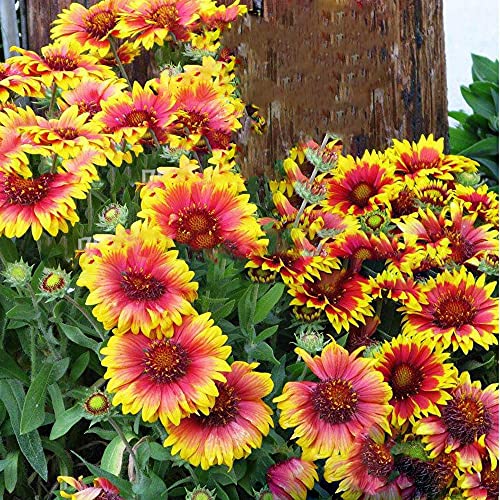
They are flowers that often accompany many funeral services as a special tribute to the loved one who departed. In addition, they can be used in the kitchen and are also useful in the production of insecticides. If you add to this that you can cut them and enjoy their beauty in interior decoration, their planting will be a pleasure.
Bibliographic references
- The cultivation of the chrysanthemum with control of the length of the day, H Levonnen – Horticulture: Magazine of industry, distribution and…, 1989 – mapa.gob.es
- Pests and diseases of chrysanthemums, JS de Diego – 1989 – mapa.gob.es
- Production and commercial quality of chrysanthemum flower, EA Gaytán-Acuña, DL Ochoa-Martínez… – Terra…, 2006 – redalyc.org
- Spatial variability of surface soil temperature and some production variables in chrysanthemum crops under greenhouse, DFJ Jaramillo – Revista Científica UDO Agrícola, 2010 – dialnet.unirioja.es
- Evaluation of the productive and economic effect of two irrigation methods in Chrysanthemums (Chrysanthemum morifolium) in a macro tunnel, in the Los Silos farm, Antioquia …, D Molina Llano, F Alvarez – 2009 – sidalc.net


